Just An Illusion
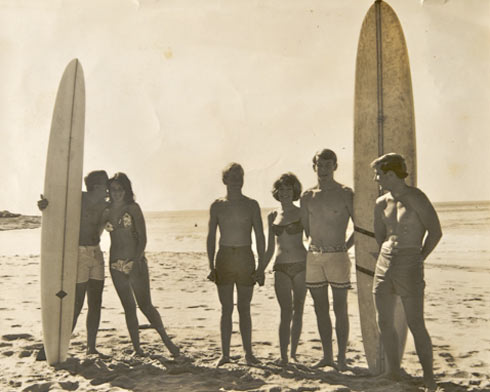
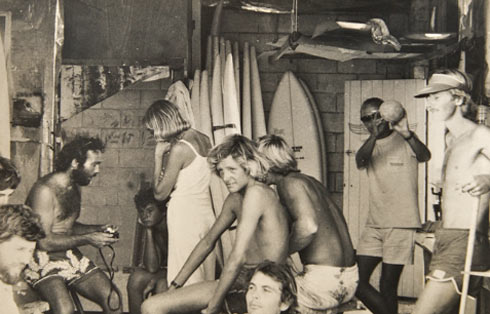
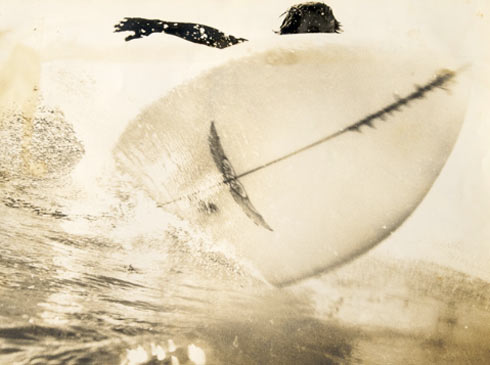
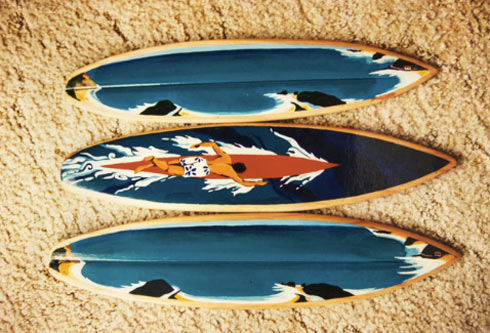
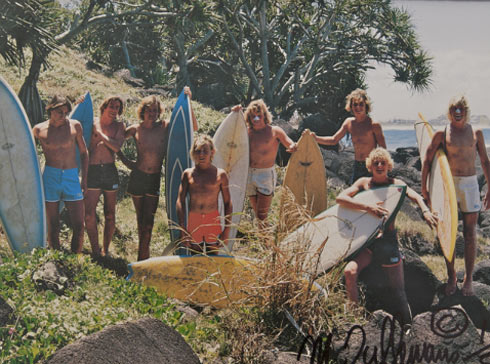
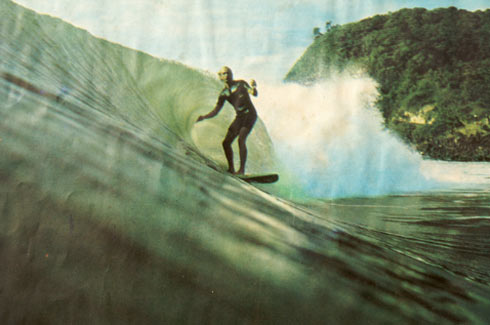
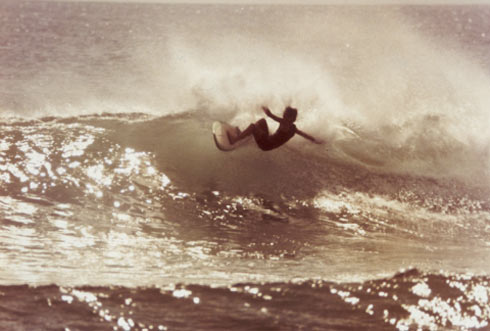
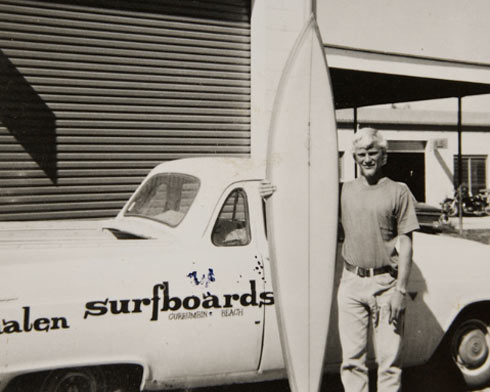
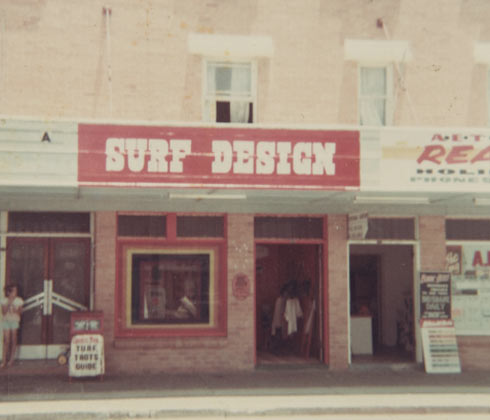
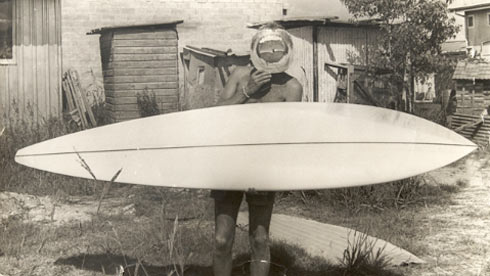
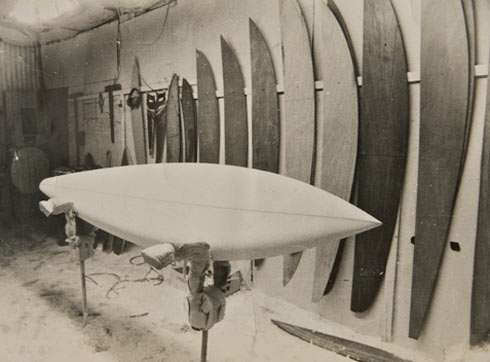
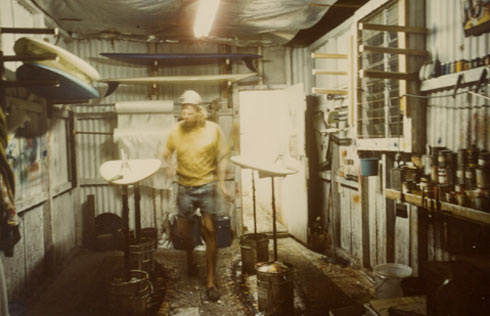
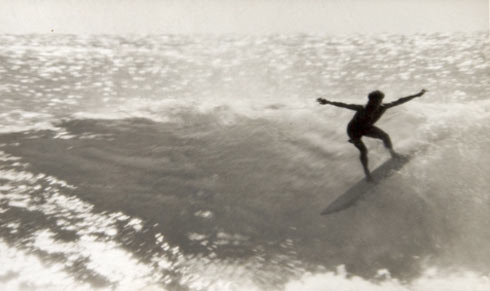
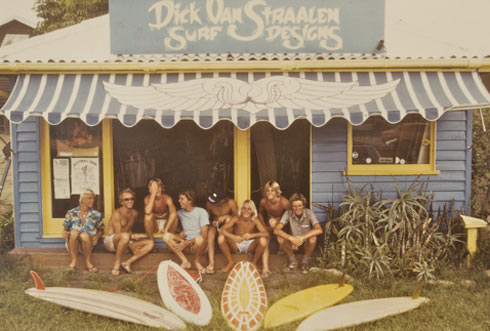
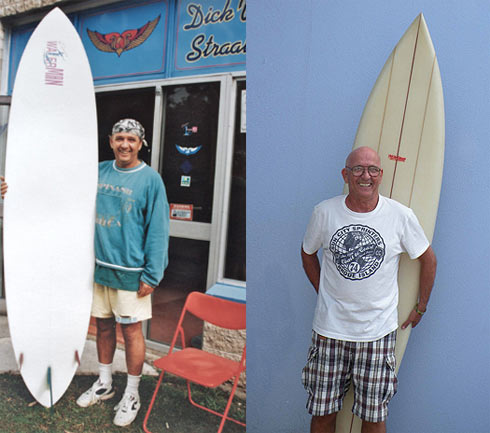
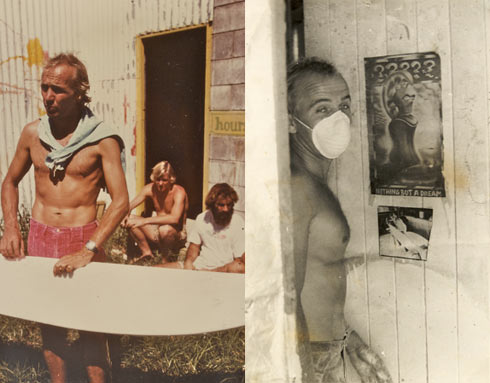
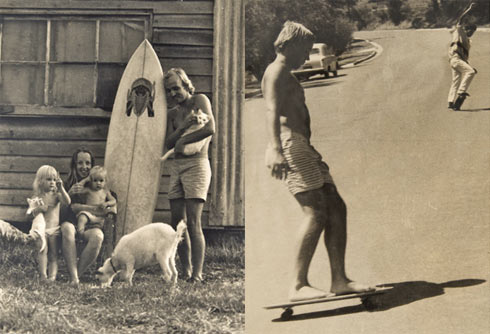 Text: Sunday Ganim Images: Dick Van Straalen
Text: Sunday Ganim Images: Dick Van Straalen
Known by some as the Flying Dutchman, Dick Van Straalen has been hand crafting innovative surfboards in Australia for over 50 years. A free thinker who has seen every development in surfboard production since the plywood planks of the late 1950s Dick has shaped his way into surf history. Never one to rest on his laurels, Dick Van Straalen’s constant quest for experimentation has recently lead him to producing carbon fibre surfboards in the depths of the Utah Desert. Sunday Ganim had a chat with the classic waterman about all things past and present.
Sunday Ganim: Where did you grown up and What got you into shaping boards?
Dick Van Straalen: My family came over from Holland in 1951 and lived at Avalon beach in Sydney, which was where modern day surfing started. In 1956 the American surf-life saving team came out for the ‘56 Melbourne Olympics. They did demonstrations at Avalon beach in Sydney and it sort of kicked off from there. My mum’s boyfriend at the time was a fibreglass engineer and he was trying to make surfboards, so that started me off. I lived near the beach and went swimming and surfing everyday.
Also, I come from a family where my father was a corde en bleu chef and my mother was a couture dress maker so we come from a family where we know how to use our hands.
SG: What was the first board that you shaped and how did it all progress from there?
DVS: In the early days, because everything was in its growth, we cut down boards and also reshaped a lot of boards. At Avalon they had a big underground thing happening, all the kids were making their own boards in their backyards in the ’60s, then when I left school I worked for Bill Wallace and for Dale Surfboards. Then all of a sudden I got married! I couldn’t make enough money out of making surfboards, so I got a job with Qantas as a flight steward.
SG: Really?
DVS: Yeah but my first nine months was flying to Hawaii and San Francisco, so I got to surf in Hawaii a lot and met a lot of people. Then I had a young family coming on I wanted to stay in Avalon more and as I was working for Qantas I had a lot of time off, so we bought a Combi Van and would drive up to Queensland every couple of months you know, going surfing. We were doing this so much that we decided to move out of Sydney and move up to Burleigh Heads and that’s when I started the surfboard business there. That’s where it all started.
SG: I have seen some photo’s of your life during this time it seems like you were living a fairly holistic lifestyle.
DVS: Yeah it sort of was, I am a really family orientated person. The reason that I made surfboards was because we were living in a commune sort of group and because I was the only one that had a family I had to provide the work and the opportunities for everyone to make surfboards, to put food on the table for my family.
SG: Your boards seem to be reminiscent of another era unlike most white thrusters you see today, what got you into using different coloured resins? Was that happening when you first started shaping?
DVS: Sort of, the clear, white surfboards of today are due to economics. For a lot of people the craft has gone out of surfboards, they are only interested in making the dollar and they don’t really care about the craft anymore. Whereas there are still a lot of guys my age who like the craft – the thing of making something with your hands.
That’s what’s being called the retro thing – but it’s not really retro because retro means regression, but were not regressing, were actually going forward – whatever we make today is modern.
SG: So what kinds of things influence you these days?
DVS: All my inspirations for surfboards come from nature, the ocean, wind, how rocks are formed by the wind and waves and things like that. You know I am really interested in the arts and music but it’s just something that fills your life, it’s a colour that’s in your life. But I walk along the beach every day looking at waves and sand formations and there’s a curve out there that’s very commom in everything, it’s called a slalom curve – the curve of acceleration and de-acceleration. You look at headlands and they are all sort of curved, the curve of the wave is doing the same thing, which is the common curve of nature in general. Because what you have gotta do is match the curve that you are surfing through on a wave.
SG: So do you put that curve into your fins?
DVS: Oh I try to, (laughs) it’d be good to think that I actually can, you know…
SG: I know that you also paint and experiment a lot with the designs on your boards – does that start with a pre-conceived idea or is your method more spontaneous, appearing as you’re doing it?
DVS: If I am thinking about something maybe, some things may process in my mind for about a year, you know you’re working on it and trying to formulate the mental, internal picture of what you want to do. I look at shaping a bit like sculpture, you have to work out how to relate that picture to the piece of foam – how you’re going to attack it to get that picture that you’ve got in your mind out. As you’re doing it you see the thing forming and somewhere the mental picture and the physical picture join together – I don’t know when that happens exactly, but you stand back and have a look and think – ‘that’s far out’.
SG: I know you have made surfboards using all types of different materials; balsa woods, foam, carbon fibre…
DVS: I have been making balsa boards forever, it’s one of the oldest materials used and it’s a really interesting material and the reason that were using so much carbon is because it’s one of the most unbelievable materials in the modern world, everywhere you go you see someone using carbon in something.
SG: Can you tell us more about these carbon boards, how did they come about?
DVS: I shared a factory with a good friend who was a boat builder, he was into composites and he used to take me to seminars about materials, resins and things like that and one day we went to a seminar about carbons. So we started using carbon in our boards and we found that they just went unbelievable, just so good.
But like anything, There is an up side and a down side to everything, these boards – you gotta look after them more and they are black but they surf really well and they don’t lose their life – I have had one for 10 years and it is the same today as it was 10 years ago.
SG: So how are they made exactly?
DVS: We make two sorts, ones in Australia are made like a regular foam board and then coated with a layer of carbon fabric. We also make them in the Utah desert, in the USA. They take a mould from a blank that I’ve shaped and then auto-clave it – the opposite to vacuum sealing, they put a plastic bag inside the mould lined with carbon fibre and blow air inside it so it forces all the material to shape to the mould and then put it in the oven and bake it.
SG: So the board is essentially hollow, filled with air?
DVS: Yeah, there’s no foam inside them and because of that there is no waste – the biggest pollution factor of the surfboard industry is the waste, when you’re making a surfboard one third of the materials used end up in the bin – that’s a big percentage.
SG: Can you break them?
DVS: Oh you can, but everything will break! The ocean breaks ocean liners in half, let alone surfboards. What happens to a surfboard is if it gets under too much stress, sooner or later it will explode, like people – they freak out if they are under too much stress.
SG: When I met you, you mentioned that you were making some paddleboards for an aboriginal surf life saving club up in the Northern Territory…
DVS: Yep, Dave Rastovich is going up at the end of this month to give them coaching. It’s a long story how that all started, when I first started shaping and people were going over to Molokai, Hawaii and naming their paddle boards with Hawaiian names. I hated that and thought that we should be using an Australian indigenous name, so I wrote to an aboriginal friend of mine who got a name, a tokem called ‘woduku’ which means, vehicle to travel to the dreamtime – and a few other things. Then when I heard Stewart, the guitarist from Yothu Yindi was trying to start a surfboard club for the kids, I donated five paddleboards.
SG: You have been going strong shaping for a while, any plans to stop?
DVS: No, I still enjoy the process of making it, giving it to someone and them coming back and letting me know that the board is really good. It’s a rare occupation that you can make something for people to get enjoyment.
I just like making things that go in the water I guess, I like dealing with professional athletes because they are so enthusiastic about everything and I like the general public cause I don’t tell them lies, I just tell them how it is.
Right now I am just having fun, I am slowing down cause I am at a stage where sooner or later my arms are going to drop off, so I just keep going, it keeps me off the street. How’s your board going?
SG: It’s so fast!
DVS: Like I say to most people, it’s just an illusion that you are going fast, you know, did you catch up to the wave in front of ya?
Dick Van Straalen
Next story: Full Nelson – Skinny Nelson



